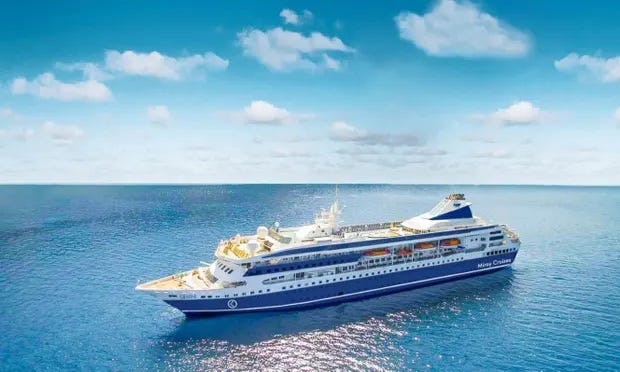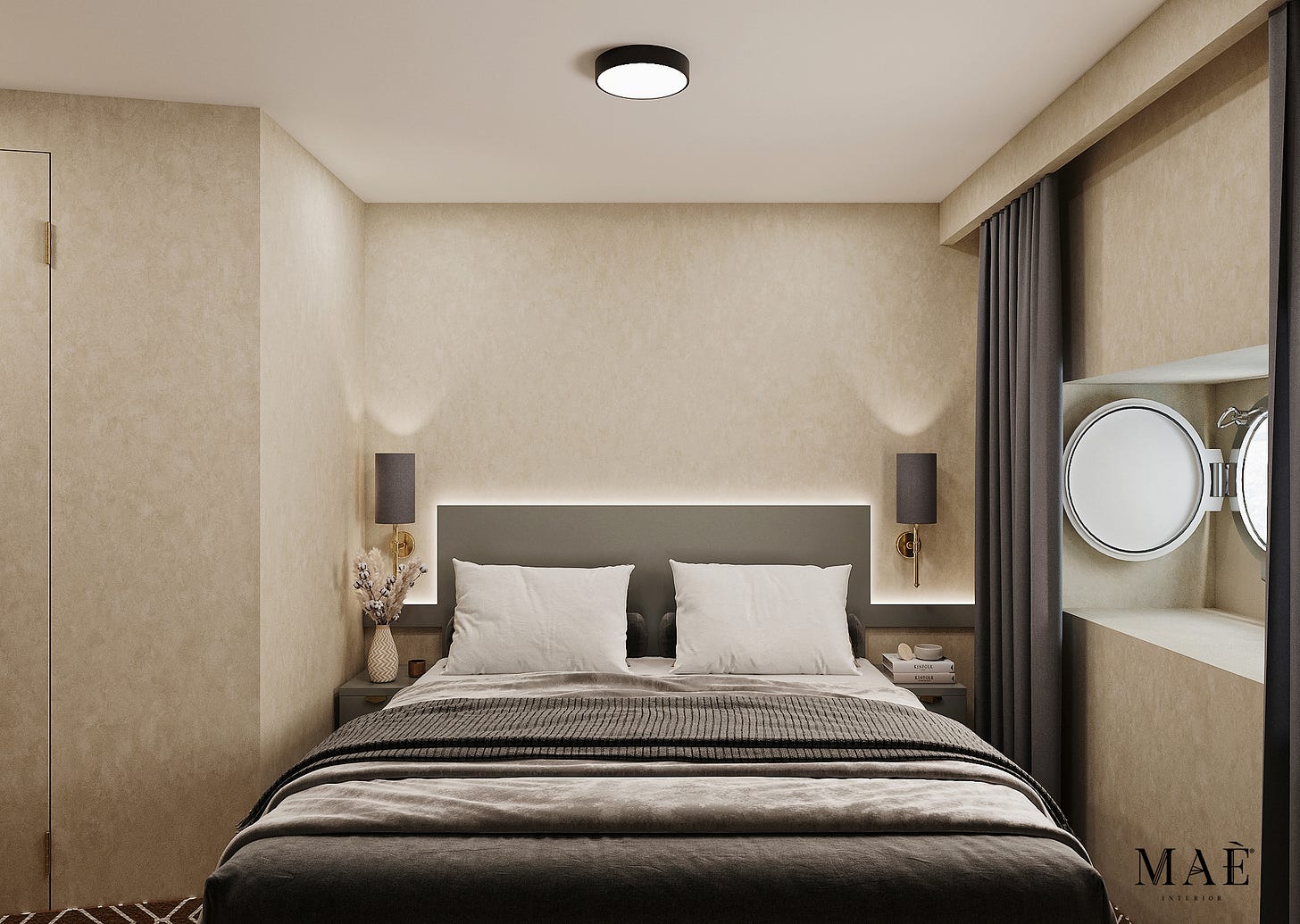Green discovery
Something green enough to generate hope rather than carbon
South Australia’s renewable energy transformation
After Morocco last week, I was interested to bump into another country’s energy transformation, or at least the southern state of Australia, including Adelaide.
From 1% renewable energy in 2007, they’ve reached 68%, well on their way to 100% by 2030.
The last coal-fired power station closed in 2016 replaced in part with the increasing popularity of rooftop solar panels. 40% of homes now have them, the highest uptake in Australia and the world. Local government subsidies have resulted in them leading the nation in the installation of home batteries as well.
If you’re wondering how the UK compares, about 40% of our electricity is produced from solar, wind, biomass and hydropower, a 5% increase on 2021. But we’ve also continued with the production of energy from fossil fuels, which has also ticked upwards.
Be happy
Uplifting stories to round off your week
3 years of heaven or hell cruising the world
Courtesy of lifeatseacruises.com
Does anyone remember the Diamond Princess, a Carnival cruise ship which made news when it went into lockdown in Yokohama Port, Japan, early February 2020?
It’s latest cruise was coming to an end and the 3,700 passengers and crew had been celebrating Chinese New Year on board.
The problem was a passenger had disembarked in Hong Kong complaining of a cough and had subsequently tested positive for Covid. Eventually 712 passengers were infected and 14 lost their lives.
The ship remained marooned in the harbour for 39 days and was by far the biggest outbreak of Covid outside Wuhan in China, where cases were first reported.
Commentators at the time, having witnessed this human petri dish, predicted the death of the cruise ship, share prices were in free fall, with expectations of a recovery years away, if ever.
I was fascinated to read about a new cruise, setting sail, 1st November 2023, from Istanbul. It continues to pick-up passengers in Barcelona on 5th November and again in Miami on the 16th before heading south.
It’s the start of a 3 year world cruise including Antartica, the Galapagos Islands, North and South America, Asia, Australia, Europe via the Med, even Great Britain, Ireland and Iceland.
The all inclusive, minimum price starts at £25,000 per person per year, which buys you an inner cabin on deck 2, just above the crew’s quarters with a virtual sea view.
You’ll have to hurry. Bookings on their web site suggest that there is only one inner cabin yet to be spoken for.
It appears that the cruise industry has returned to rude health remarkably quickly, so much so, that it’s no longer only offering the standard package cruise to the Caribbean for 10 days.
Can a three year cruise even be classed as a holiday? It’s a decision more akin to buying a recreational vehicle for normal folk, declaring to friends and family that you’re off to see the world and discover yourself.
While I’m sure there will be people who will remain for the entirety of the cruise, I’m sure many won’t. I expect cabins or perhaps they should be called staterooms, will be sub-let when a leave of absence is taken.
I haven’t done the maths, but I hazard a guess that if you did choose to stay on a cruise for 6-12 months, turning your permanent bricks and mortar into an Airbnb, the cost of all that pain or pleasure will leave you in profit.
While Life-at-Sea-Cruises might be grabbing the headlines with their three year passage, there are already other cruise ships ready to offer a permanent home, if it floats your boat?
The World residences at sea, has been taking passengers or should I say resident owners around the world since 2002. They even get to choose their own itinerary. Their web site claims to be the largest private residential yacht with only a few rooms coming up for purchase each year. If you’re interested, expect to pay at least $3m for one of their studios, the size below one-bedroom.
Autonomous driving in London
Courtesy of Bill Gates blog
The Society of American Engineers has a scale for cars driving themselves. Unless you’re driving a classic car or a reliable old banger, you’re probably familiar with cruise control and lane centring. Our Tesla has lane control functionality which extends as far as keeping the car in your chosen lane. There are visual reminders to keep your hands on the wheel, but it kindly doesn’t emit a warning sound, or at least not yet, an annoying feature of our original electric vehicle (EV) experiment in a Hyundai Kona on monthly rental.
The Tesla insists on giving full control back to me when I indicate to change lane or touch the brake, but that’s because we’ve declined to purchase any software upgrades yet.
Enhanced autopilot where it will change lane, auto park and be summoned in a car park, is an additional £3,400. Full self-driving capability is an additional £6,800 and provides traffic light and stop sign control as well.
From the Tesla Facebook groups it appears most owners haven’t bothered. Those that have, insist they’re buying future functionality for a lot less than it will eventually cost everyone else.
The first level 3 vehicle, a Mercedes, was recently approved in the US, although autonomous mode is restricted to 40mph on a Nevada motorway. Hardly much of a test.
Bill Gates was recently in London to experience autonomous driving on some much busier streets courtesy of a British start-up called Wayve. I say start-up. They were founded in 2017 and have recently completed a second round of funding ($200m) which included Microsoft dipping their toes in.
Unlike most autonomous vehicles (AVs), which have to be loaded with lots of detailed maps and programming rules, Wayve behaves more like we do, relying on what’s learnt from previous driving experiences.
We understand what to do at a give way sign, even if we’ve never been near that particular junction before. Using deep learning techniques, Wayve does exactly the same, applying the lessons already learnt, taking actions as needed, in real time.
Gates’ believes that the first industry to benefit from autonomy will be long-haul heavy goods vehicles, but is that because he’s thinking US freeways, which stretch mile upon mile?
If delivery vehicles are the next to switch, surely the driver has to stay onboard to deliver the parcel the last yards to our front doors?
He predicts our first experiences will be in taxis or maybe a car rental. Apparently, rental companies are keen to find ways to reduce the amount of accidents we cause and are hoping a computer can do a lot better.
One amusing thought is the idea of the current car pool lanes, designed to encourage sharing in rush hours, being rebranded the human-only lane. Every other lane on the motorway is for autonomous vehicles.
I can’t wait.







